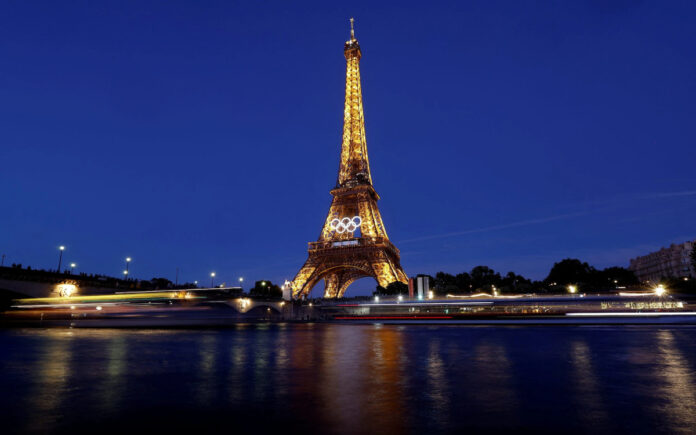Paris: The Paris Olympics are set to achieve a record number of broadcast production hours, with ratings reaching a 12-year high across major territories, according to the Games’ broadcasting chief. The integration of Paris’s iconic landmarks into the Games has played a significant role in this success.
From the United States to host country France and Australia, broadcasters are witnessing a surge in ratings on both television and digital platforms, marking the first post-pandemic Olympics. NBCUniversal, the Games’ primary broadcasting partner, has reported record advertising sales amidst a substantial rise in viewership.
Surveys indicate that one in four Americans has seen a decline in work productivity since the Games began, with half adjusting their daily routines to watch the events, Comcast-owned media company Comcast reported last week.
Yiannis Exarchos, CEO of Olympic Broadcasting Services (OBS), attributed much of the success to the inclusion of Paris landmarks such as the Eiffel Tower, Grand Palais, and Champs-Élysées in the competition venues. “You can already tell these Games are a huge success,” Exarchos told Reuters. “France and Paris had a fantastic plan to bring sports back into the city. This vision has been fully embraced by media broadcasters and viewers from around the world.”
Exarchos added, “I believe it is a highlight of these Games. This creates a moment which is unique, images that will remain in the collective memory. It is not just any other venue, the whole of Paris has become a stage.”
Also Read | Mali Accuses Ukraine of Supporting Rebels, Breaks Diplomatic Ties
12-Year Ratings High
The opening ceremony, set along the river Seine, drew 28.6 million U.S. viewers, the highest number for a Summer Games opening since London 2012, despite the 2016 Rio de Janeiro Games benefiting from a more favorable U.S. time zone. By contrast, the Tokyo Games opening ceremony in 2021 attracted just 16.7 million viewers, marking the smallest U.S. audience for the event in 33 years.
“There is huge media consumption around the world,” Exarchos said at the expansive international broadcasting center on the city’s outskirts. “This is by far the largest production we have ever done.”
With a staff of 8,300, OBS will produce over 11,000 hours of content—nearly 16% more than Tokyo—to meet the growing demand from broadcasters and digital platforms. The organization is employing new technologies, including AI, stroboscopic analysis for sports coverage, and cinematic lenses to enhance storytelling.
“It is important that we produce content tailor-made for different types of platforms,” Exarchos noted.
The return of fans to the venues after two Games without spectators due to COVID-19 has further enhanced the visual appeal of the Games. “Having spectators back in the heart of the city is a fantastic problem to have,” Exarchos said. “The design of the Games is so incredibly beautiful.”



